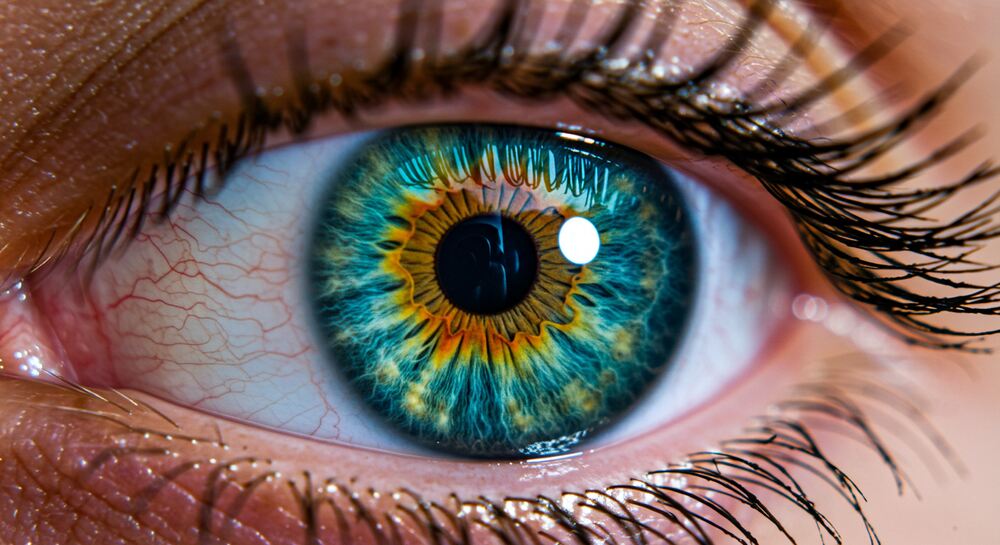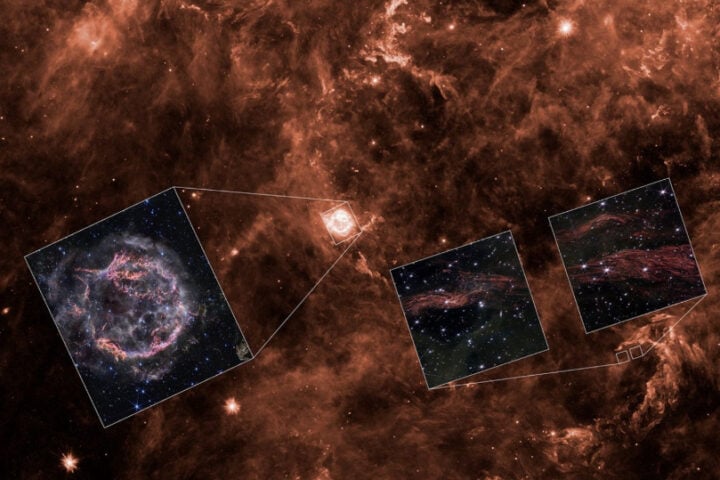Scientists at the University of California, Berkeley and the University of Washington have claimed to discover a new color they’re calling “olo” – a highly saturated blue-green hue that can only be seen through specialized laser technology.
Beyond the Rainbow: What Makes Olo Special
Olo isn’t visible in nature or on any screen. What sets it apart is that it can only be experienced when scientists use lasers to stimulate just one specific type of color-sensing cell in the eye.
“It was jaw-dropping. It’s incredibly saturated,” said Ren Ng, an electrical engineer at the University of California, Berkeley, who was one of only five people who have experienced the color.
Ng described olo as “more saturated than any color that you can see in the real world.”
He offered this comparison to help people understand: “Let’s say you go around your whole life and you see only pink, baby pink, a pastel pink. And then one day you go to the office and someone’s wearing a shirt, and it’s the most intense baby pink you’ve ever seen, and they say it’s a new color and we call it red.”
How Scientists Created Olo
The research team used a device they named “Oz” – a nod to the green-tinted glasses in “The Wizard of Oz” – to precisely target and stimulate one specific type of cone cell in the retina. The study included five participants – four male and one female – all with normal color vision. Three of the participants, including Professor Ng, were co-authors of the research paper.
Human eyes have three types of cone cells that detect color: L cones (sensitive to red light), M cones (sensitive to green light), and S cones (sensitive to blue light). Normally, any light that hits one type of cone also activates neighboring cones.
The breakthrough came when researchers used lasers to activate only the M cones while leaving the L and S cones unstimulated – something that never happens in natural vision.
To verify they were truly seeing something new, participants adjusted a controllable color dial to match what they were experiencing. They found they had to desaturate olo by adding white light before they could match it to any known color.
Similar Posts
The name “olo” comes from binary code 010, representing that among the three cone types (L, M, and S), only the M cone is activated.
Scientific Debate: New Color or Just Super Green?
Not all experts are convinced that olo represents a truly new color.
“It is not a new color,” argued John Barbur, a vision scientist at City St George’s, University of London. “It’s a more saturated green that can only be produced in a subject with normal red-green chromatic mechanism when the only input comes from M cones.”
Barbur called the research a “technological feat” in stimulating specific cone cells but said the discovery of a new color is “open to argument.”
Future Applications
The research team believes their findings could have implications for understanding and treating color blindness. The technology might eventually help simulate full-color vision for dichromats (people with two functioning types of cone cells instead of three) by replicating missing cone signals.
“Our current method depends on highly specialised lasers and optics that are definitely not coming to smartphones or TVs any time soon,” said James Fong, a doctoral student in computer science at UC Berkeley and co-first author of the study.

Other potential applications include modeling animal vision, such as simulating how dogs or mice see the world.
The findings were published in the journal Science Advances on Friday, April 18, 2025.
Austin Roorda, a vision scientist on the team, emphasized that no image can truly represent what they experienced: “There is no way to convey that color in an article or on a monitor. The whole point is that this is not the color we see, it’s just not. The color we see is a version of it, but it absolutely pales by comparison with the experience of olo.”


















